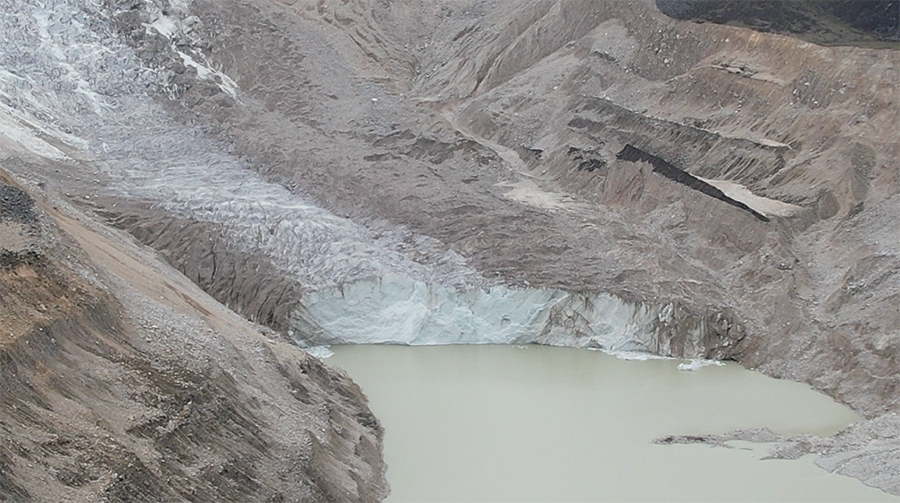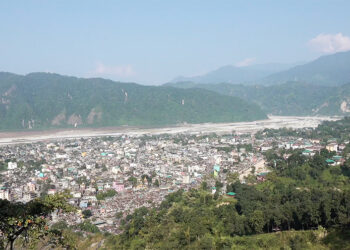 Bhutan is strengthening its fight against climate risks as glaciers in the Himalayas melt faster than ever. Today, the opening session of the “Cryosphere and People at Risk in Bhutan and the Hindu-Kush Himalaya Workshop” was held in Thimphu, bringing together more than 25 international and regional experts. It is to fill critical knowledge gaps, strengthen early warning systems, and protect communities from climate disasters
Bhutan is strengthening its fight against climate risks as glaciers in the Himalayas melt faster than ever. Today, the opening session of the “Cryosphere and People at Risk in Bhutan and the Hindu-Kush Himalaya Workshop” was held in Thimphu, bringing together more than 25 international and regional experts. It is to fill critical knowledge gaps, strengthen early warning systems, and protect communities from climate disasters
Bhutan is home to 567 glacial lakes.
The Himalayan region, especially Bhutan, faces serious gaps in glacier and permafrost data because monitoring in high mountains is difficult.
This, officials say make it hard to predict and manage risks such as Glacial Lake Outburst Floods.
Karma Dupchu, the Director General of the National Centre for Hydrology and Meteorology said, “Cryosphere is a very general term. It consist of snow, glaciers, permafrost. For timely monitoring we have a number of challenges. Our glaciers are located in high altitude more than 4000 and 5000 altitude. Some of the other challenges are access to technology and communication.”
ICIMOD-NCHM-DLGDM partnership project 2025–2026 was also launched to monitor glaciers, improve early warning systems, and help communities prepare for disasters.
Karma Dupchu added that “We want to pilot this community based early warning system in the Haa Chhu that we have already started. Currently Bhutan don’t have any kind of black carbon monitoring station in Bhutan. So we will be setting up this black carbon monitoring station in Shodhug glacier.”
Black carbon is a harmful black soot from burning fuel or wood that pollutes the air, speeds glaciers melt and affects health.
Daniele Rod, Executive Director, Swiss Polar Institute said, “We see similarities between Switzerland and Bhutan here. We rely on our glaciers for our hydropower and so do you. Our populations are at risk from different natural hazards relating to glaciers. So we are here to discuss together how we can face those challenges for our livelihoods and for our economies.”
During a two-day workshop, officials will focus on mapping hazards, sharing data, and designing concrete actions to help the country stay prepared against glacier-related disasters.
Kinley Bidha
Edited by Tandin Phuntsho







